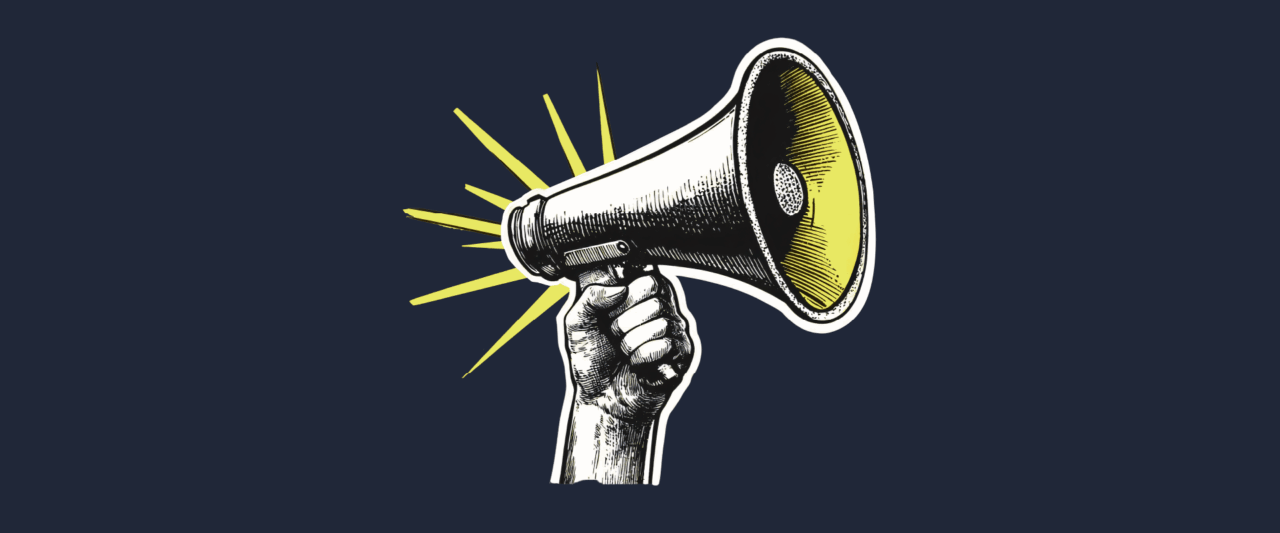When the concept of email newsletters first began, it was a mere vessel to send out humble brags, generic information and boring company updates. If that content strategy sounds like your company’s newsletter: 1) well, this is a tad awkward, 2) please stop doing that.
While this old newsletter content strategy is useless, successful marketers know that quality email marketing is still one of the best tools available, especially for service-based businesses. This reinforces the fact that, hands down, there’s nothing more valuable than direct access to someone’s attention. So let’s talk about how to create and send an effective email newsletter to your audience.
Newsletters Done Right – The Setup
Establish your content calendar (and be consistent).
Your newsletter should work towards these three things goals: staying on-brand in voice and style; providing rich, relative content; and being niche enough to stand out. Around 82% of B2B and B2C companies already use email marketing, so it’s important you stand out from the crowd.
And like we mentioned previously, don’t be too self-serving. A good rule of thumb is to only use 10% of the newsletter’s content to promote yourself.
Give it a cool name.
This is arguably the most fun part. Remember, subscribers should get excited to see your newsletter in their inbox. Catch their attention and capture their hearts with a name that sums up who you are in a professional-yet-personal way. Are you a reusable water bottle company that wants to start a newsletter that promotes sustainability? Congratulations: Your newsletter is called “From the Tap.” You can use that if you want, but not for free. My check better be in the mail.
Choose your layout wisely.
Layout is important. Newsletters may be a marketing industry standard, but each is different depending on what kind of content you’re wanting to include. If you’re a startup photography business that solely wants to promote your work, it would make sense for your layout to have more imagery and less copy. But if you’re looking to share industry trends with your reader — like top 5 equipment trends this season — then the copy deserves a bit more room. That being said, a newsletter isn’t a blog. If anything, it’s just teasing the blog you already have, so be be stingy. Links to long-form is better than actual long-form.
Craft the perfect subject line.
Hate to break it to you, but “Here’s my newsletter!” isn’t going to prompt anyone but your grandma — who loves you very much — to open your email. I know; it’s heartbreaking. Luckily, subject lines aren’t too big of a beast to tackle as long as you remember one little acronym: CTA.
Call-to-actions (CTAs) are proven to increase a newsletter’s number of opens. They’re typically written as a command or action phrase because you want the reader to act in a certain way. Using the word ‘you’ in your CTA will also increase number of opens because the reader will feel like it’s personal and necessary to read. Example: “The ag industry needs you to speak up” — the CTA is clear, addresses the reader directly and references a piece of content featured in the actual email. I would know — I wrote it. It doesn’t hurt to incorporate questions, numbers and the occasional emoji either.
Send a test email.
Some email marketing services allow you to send out a preview of your newsletter to a group of your choice before the actual scheduled send. This is an essential step, so don’t skip it! You’ll be able to see how everything looks from a subscriber’s point of view without having to solicit outside insight. This also gives your leadership team a chance to sign off or suggest final edits.
BONUS: Testing emails gives you the opportunity to see how your newsletter appears on a mobile device, which is of MEGA importance. Why? The most common device that people open emails on is an iPhone, according to Experian Marketing Services. And people who open an email on both their mobile device and computer are 65% more likely to click through to the actual content. That means the extra time it takes to optimize your newsletter for mobile is going to be well worth it. Yay, accessibility!
Schedule successfully.
This step may take a couple tries to get right, and that’s okay. Different people open their newsletters at different times of the day, and that is most likely the case with your batch of subscribers. Look to see if your email marketing tool of choice offers schedule optimizing. You don’t have to use it, but it’s a nice tool to have, especially if your number of opens has been dismal lately.
>>Check out part 2 to make the most of your newsletter metrics.
LF Newsletter Alert
Want Lessing-Flynn to rock the socks off your inbox with insights and more?




